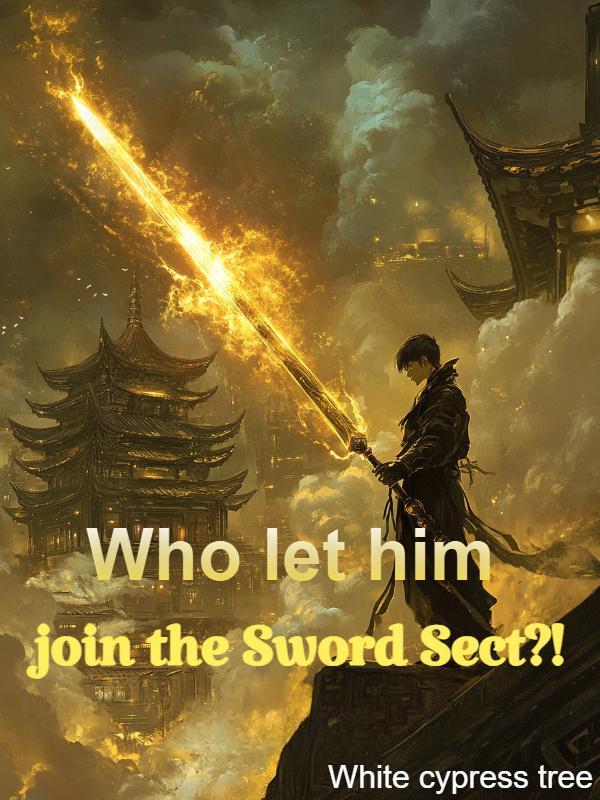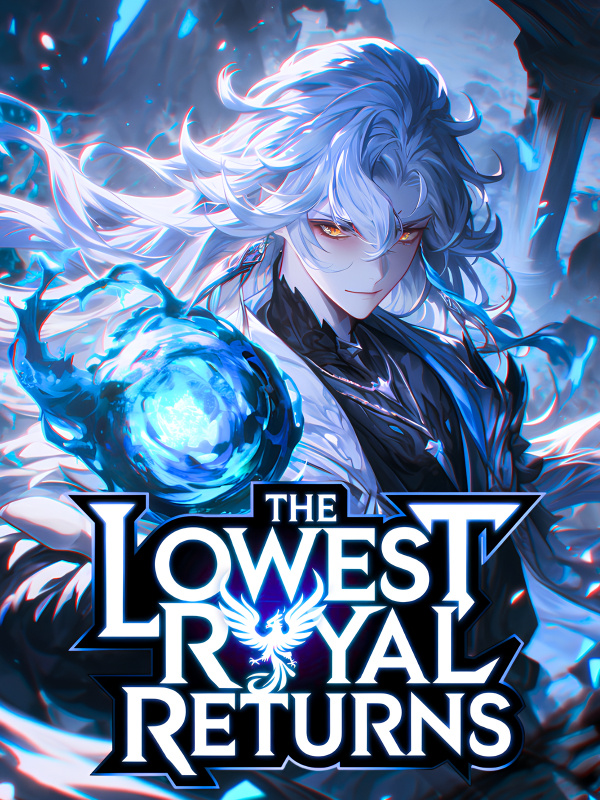Steel, Guns, and the Industrial Party in Another World-Chapter 357: Military Uniforms Must Be Handsome
TL: Etude
In the Lord’s mansion of Lakeheart Town, a special fashion exhibition was being held.
A dozen carefully selected strapping young men, all towering over 1.8 meters, were each dressed in unique attire. They were scrutinized and discussed by the surrounding audience, either standing erect or striking various poses upon request.
“This outfit looks really sharp,” one observer noted.
“Or this one, it has more character,” added another.
“This one seems the best, but it must be the most complicated to make,” a third mused.
The exhibition was attended by military bigwigs like Schroeder and Bryce, as well as high-ranking officials from the Administration Council like Old Ford and Cecil. Of course, Paul Grayman and his ally Malron Ganard were also present, eagerly discussing the displayed items.
The target of their attention was a selection of potential military uniforms, each distinct in design and color.
With the widespread adoption of the flying shuttle loom, the textile industry in Alda, Baylding, and Emden was booming. Workshops equipped with machinery—now perhaps more aptly termed ‘factories’—were sprouting up like mushrooms after rain. Anyone who had witnessed the operation of the flying shuttle loom realized the leap in efficiency it brought. Former manual workshop owners begrudgingly invested in this miraculous machinery from the Lakeheart Town Mechanical Factory to upgrade their textile mills. Newcomers, smelling opportunity, also poured into the textile industry.
In this wave, many tried to replicate the flying shuttle loom, with several succeeding. However, they quickly faced the iron fist of the “Patent Law”. Paul was particularly strict about this; the patent for the flying shuttle loom belonged solely to the Lakeheart Town Mechanical Factory, and orders were pouring in like snowflakes.
To meet this huge demand, the Lakeheart Town Mechanical Factory expanded and recruited more workers to increase production. After expanding, the factory was restructured into two separate entities: the Agricultural Machinery Factory and the Industrial Machinery Factory. The former focused on developing and producing agricultural machinery like harvesters, threshing machines, and cotton gins, while the latter concentrated on producing ‘industrial’ machinery like the flying shuttle loom.
The increased efficiency in weaving significantly boosted the demand for cotton yarn, leading to a supply shortage. Cotton yarn prices skyrocketed, and many spinning mills and home workshops made a fortune. All industry players were both suffering and rejoicing—producing cotton yarn at double the effort while happily counting their earnings. Many newcomers also started venturing into the cotton spinning industry.
The rapid expansion of the cotton industry spurred growth in related sectors like dyeing and garment making. Ultimately, this led to a significant drop in the prices of fabrics and clothing. Now, middle-class families in Alda and Baylding no longer had to wear patched clothes.
With the reduced cost of garment production, a plan to replace the uniforms of Alda’s army was put on the agenda. Currently, the uniforms of both the land and naval forces were simple and rudimentary. Whenever Paul commanded such a force in a firing squad, there was always a strong sense of dissonance.
After all, firing squads should be grand and splendid.
Paul called a joint meeting of the heads of the Administration Council departments and military leaders. He had already discussed the uniform change with them and asked each to design and produce a sample to be reviewed at the Lord’s mansion. The goal was to select a new uniform.
The models’ outfits were what Paul considered “Renaissance” style, primarily designed by high-ranking military officials like Schroeder and Austin. They featured millwheel-like ruffled collars, padded upper garments to make the shoulders, chest, and upper arms appear fuller, and tight trousers. Some designs included long robes or capes, and hats adorned with curled feathers, a style popular among young nobles and wealthy individuals in Horn Bay. Following the Lord’s directive, the new uniforms were to break with tradition, be at the forefront of the era, and embody the spirited and assertive demeanor of Alda’s army. Hence, they sought advice from female consultant Sertia and old shipbuilder Benjamin from Horn Bay, a known fashion hub.
“These are the military uniforms you’ve designed?”
Paul’s words carried layers of questioning, clearly indicating that the Count was far from satisfied.
Schroeder and Austin exchanged glances, hesitantly responding to Paul, “Yes, Lord Count. Don’t you like any of these designs?”
Oh, heavens, these were already quite bold and avant-garde designs. In the past, Northwest Bay was isolated and poor, with people’s attire tending to be conservative and simple. In contrast, in the affluent Horn Bay, people’s clothing was vibrant and complex. Drawing inspiration from there had already made the designers deeply uneasy—it went against the teachings of the “Sacred Text” that forbade extravagance.
Then, following the Count’s instructions, they had added elements they believed would reflect the spirit of Alda’s army.
How flamboyant, how bold, how… nouveau riche!
Even so, the Count was still not satisfied?
“Gentlemen, I’ve also designed a few sets of uniforms, for both the navy and the army. Let’s review them together.”
Having said that, Paul clapped his hands briskly.
“Your esteemed Lordship! Winthrop at your service!” A man with glasses and a servile smile trotted over to Paul’s side.
Everyone looked closely and recognized him as the chief tailor of the Lord’s mansion. It was customary for nobles to have their own tailors, and the Grayman family was no exception.
Paul asked, “Winthrop, are our new uniform samples ready?”
Winthrop gestured affirmatively, “Everything’s in order, just waiting for your command, my Lord!”
“Excellent!” Paul turned to the others, “Gentlemen, let me show you what truly epoch-making design is. Winthrop, bring in the models!”
As soon as Paul finished speaking, a series of rapid, intense drumbeats echoed through the room. As the rhythm slowed, two groups of soldiers marched in step with the beat. Yes, soldiers—Schroeder, Bryce, and the others could tell from their gait and movements that these were well-trained soldiers, likely from the internal guard.
“Halt!” The lead soldier commanded, and both groups stopped in unison.
The first group of soldiers wore black tall hats and single-breasted jackets in blue and white, with cufflinks on the sleeves, white shirts underneath, white trousers, and black high boots.
The second group also had black tall hats, but they wore red coats with black lapels, white knee-length trousers, black shoes, and long spats. They looked… like a perfectly cooked giant lobster.
Paul faced the astonished crowd with a smile.
“Gentlemen, I’ve always said, military uniforms must be handsome!”






